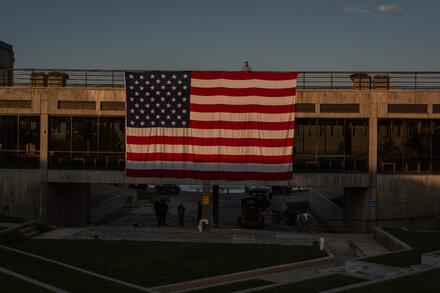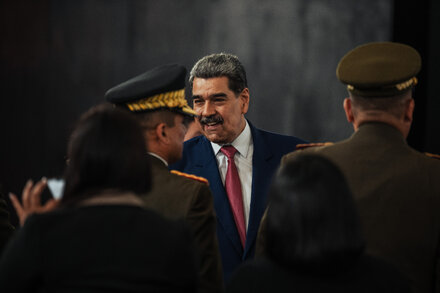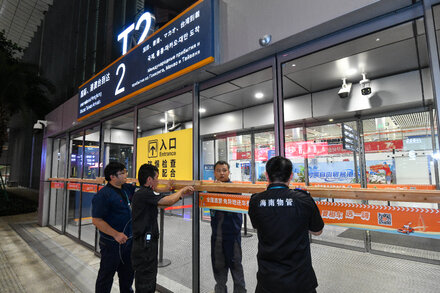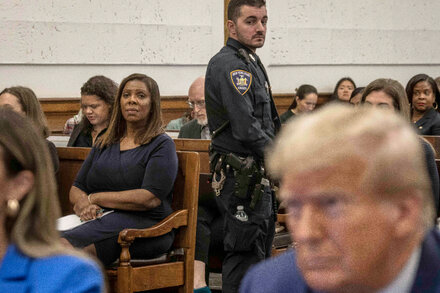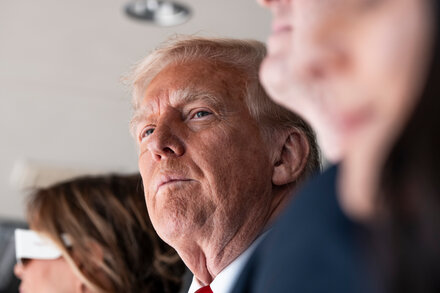The H-1B visa program, a cornerstone of U.S. immigration policy for skilled foreign workers, has long been a subject of debate, with former President Donald Trump and his administration instituting significant changes and proposing further overhauls. As discussions around U.S. immigration policy continue, understanding this visa category and its potential modifications remains crucial for businesses, workers, and policymakers alike.
What Is the H-1B Visa Program?
The H-1B visa is a non-immigrant visa that allows U.S. employers to temporarily employ foreign workers in specialty occupations. These occupations generally require a bachelor’s degree or higher in a specific field, encompassing roles primarily in technology, engineering, medicine, and other STEM (Science, Technology, Engineering, and Mathematics) fields.
The program is designed to help American companies fill critical talent gaps when qualified U.S. workers are not readily available. Each fiscal year, the U.S. government allocates a statutory cap of 65,000 H-1B visas, with an additional 20,000 visas reserved for those with a U.S. master’s degree or higher. Due to high demand, U.S. Citizenship and Immigration Services (USCIS) often employs a lottery system to select eligible petitions.
Trump’s Approach to H-1B: “Buy American, Hire American” and Beyond
During his previous term, Donald Trump frequently criticized the H-1B program, arguing that it was often exploited to replace American workers with cheaper foreign labor. His administration implemented policies aimed at tightening the program’s regulations and prioritizing what it described as “the best and brightest” foreign talent.
A key moment was the “Buy American, Hire American” executive order signed in April 2017. This order directed federal agencies to propose new rules and policies to protect U.S. workers and prioritize the admission of the most highly skilled and highest-paid foreign labor. Following this directive, USCIS significantly increased scrutiny of H-1B petitions, leading to higher rates of Requests for Evidence (RFEs) and an increase in denial rates for certain occupations and employers.
Former President Trump articulated his stance during his campaign, stating:
“I know the H-1B very well. And it’s something that I frankly use. And it’s something that I shouldn’t be allowed to use. We shouldn’t have it. It’s very, very bad for our workers.”
The administration also pursued changes to the H-1B lottery system itself. In 2021, a rule was finalized that aimed to prioritize H-1B petitions based on wage levels, favoring those employers offering the highest salaries. This measure, however, was later rescinded by the subsequent administration before it could be fully implemented, citing concerns over its impact on small businesses and start-ups.
Further, in June 2020, citing the economic impact of the COVID-19 pandemic, the Trump administration temporarily suspended the issuance of several employment-based visas, including the H-1B, through Presidential Proclamation 10052. The stated purpose was to protect American jobs during the downturn, with the suspension eventually expiring under the succeeding administration.
Potential Future Directions
Should Donald Trump return to office, observers anticipate a renewed push for policies that align with his “America First” agenda regarding the H-1B program. This could include:
- **Reinstatement of Wage-Based Prioritization:** Efforts to reintroduce a system that would select H-1B visa recipients based on the highest wage offered, effectively moving away from the current lottery system.
- **Increased Enforcement and Scrutiny:** A continuation or intensification of heightened scrutiny on H-1B applications, focusing on verifying the “specialty occupation” requirement and ensuring that U.S. workers are not displaced.
- **Review of Occupational Definitions:** Potential changes to how “specialty occupations” are defined, possibly making it more challenging for certain roles to qualify.
These potential changes reflect a consistent theme from the former president: a desire to reshape legal immigration pathways to prioritize what his administration defines as the highest-skilled workers and to explicitly protect American jobs.
The H-1B program remains a critical mechanism for U.S. companies to access global talent, particularly in competitive sectors like technology. Any significant changes to its structure and implementation could have far-reaching implications for both the American workforce and the global competitiveness of U.S. industries.
Source: Read the original article here.
